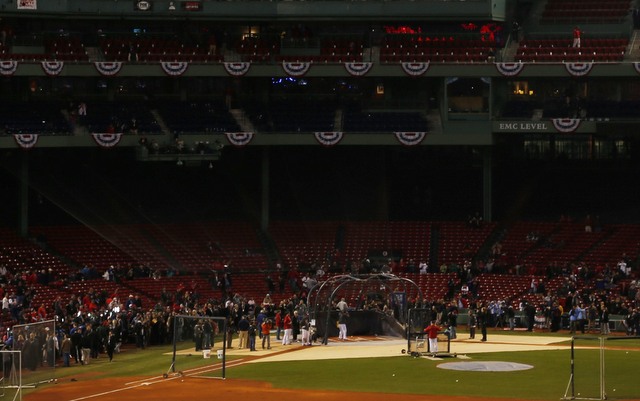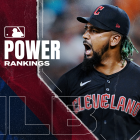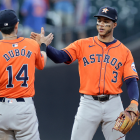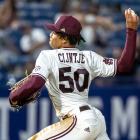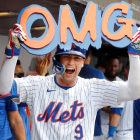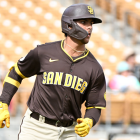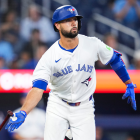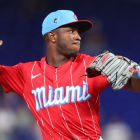Earlier this week, a woman named Tonya Carpenter suffered significant injuries when she was hit by a piece of a broken bat during a game at Fenway Park. Carpenter was rushed to the hospital, and her family later described her condition as "serious."
Needless to say, the incident has sparked discussion about the possibility of increasing the amount of protective netting behind the plate. Carpenter was sitting in the second row, between home plate and the third base dugout, where there is no netting.
According to Ken Rosenthal of Fox Sports, the MLB Players' Association proposed installing additional netting behind the plate during the last two rounds of collective bargaining. Baseball's two most recent collective bargaining agreements took effect in 2007 and 2012.
The issue? Owners didn't want to upset fans paying top dollar for great seats by cutting off their access to players. Here's more from Rosenthal:
"Some owners are afraid to upset the fans that pay some of the highest ticket prices, when in reality, it's an effort to protect those very fans," said Diamondbacks reliever Brad Ziegler, a member of the negotiating committee for the players' union.
"(The owners) seem afraid that fans will lose access to the players - autographs, getting baseballs, etc. -- and that will cause those ticket holders to be unhappy. Or, that they'd have to watch the game through a net. (But) fans behind home plate pay the highest prices, have the same issues, and yet those seats are always full."
...
"The blowback we got is that people pay lots of money for those seats and don't want a net in front of them," said left-hander C.J. Wilson, the Angels' player representative to the union. "The difficulty for owners is balancing the premium seats and the safety of the people in the premium seats.
"Obviously, there is a lot of velocity involved with anything that goes into the stands, whether it's errant throws, broken bats, foul balls -- especially foul balls. It's terrible whenever something happens and somebody gets hurt. That's why we encourage people to literally bring a glove to the game. It's completely random when it happens. It's not predictable."
All ballparks have netting directly behind the plate to protect against pitches fouled directly back. The netting does not wrap all the way around to the dugouts, however. Many teams put temporarily netting up down the lines during batting practice.
Just about all MLB ballparks have signage warning fans that foul balls and broken bats can be dangerous, and tickets include disclaimers shifting responsibility to the fans to protect themselves. That said, this is clearly a situation MLB can step in and improve.
The current collective bargaining agreement expires during the 2016-17 offseason, though I'm sure this is a situation in which both the owners and players would agree to amend the CBA immediately if they come to an agreement.
If there is any good that can come from the Tonya Carpenter incident, it will be MLB improving safety at ballparks. Making baseball safer is always a conversation worth having.
